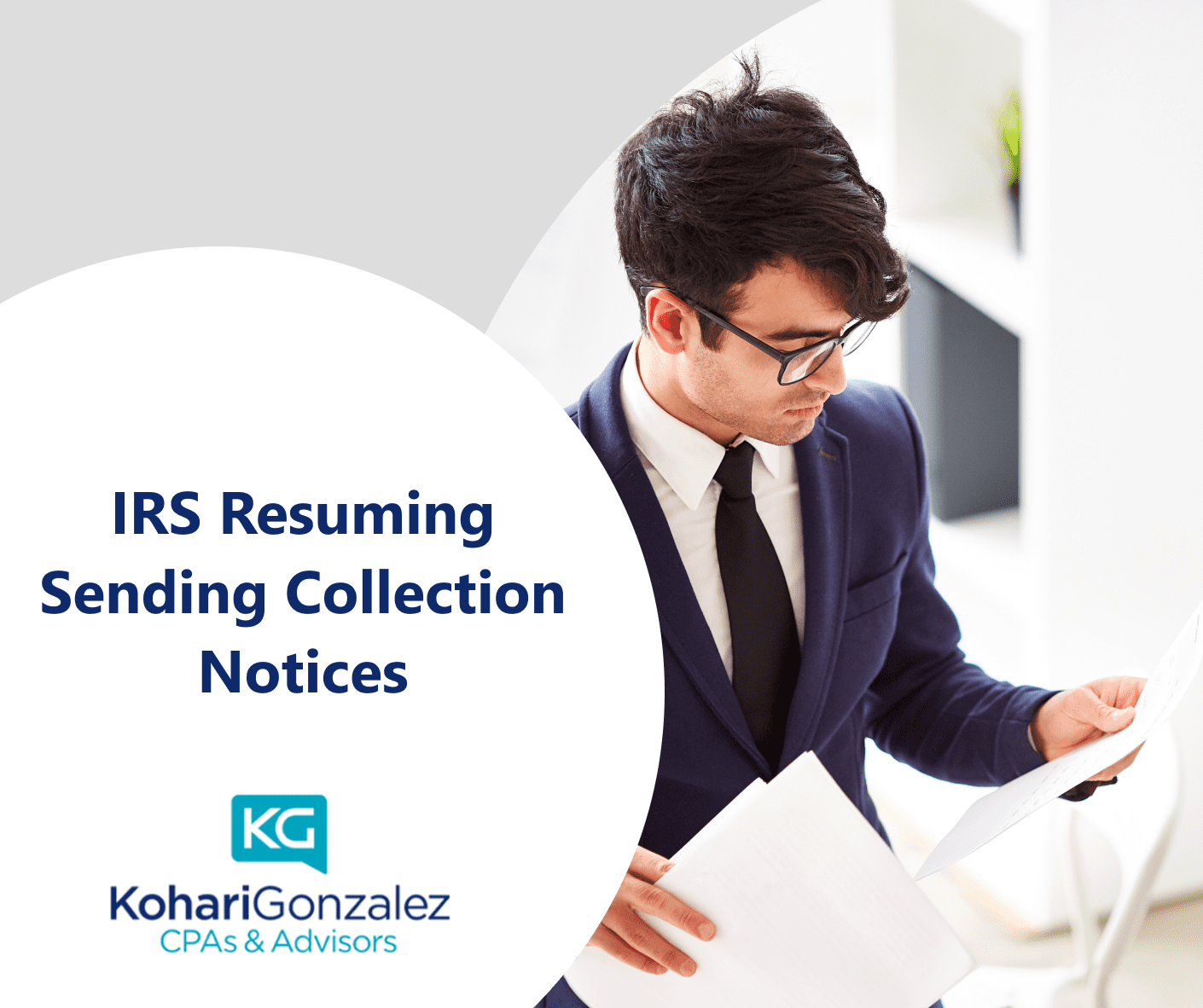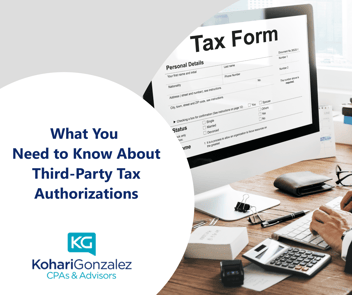
Article Highlights:
- COVID-19 Pandemic Notice Suspensions
- Resumption of Collection Letters in 2024
- Special First Letter
- Penalty Relief
- Taxpayers Qualifying for Penalty Relief
- Tax Returns Qualifying for Penalty Relief
- Reasonable Cause Criteria or First-Time Abate Relief
Due to the COVID-19 pandemic, the IRS suspended the mailing of automated reminders to pay overdue tax bills starting in February 2022. These reminders would have normally been issued as a follow up after the initial notice. Although these reminder notices were suspended, the failure-to-pay penalty continues to accrue for taxpayers who did not fully pay their bills in response to the initial balance due notice.
The IRS has announced a resumption of the collection notices in 2024, with some taxpayers already receiving a reminder letter; IRS will continue mailing resumption reminders through March of 2024. This communique may come as a surprise to some delinquent taxpayers since they may have not heard from the IRS in over a year. The first correspondence will be a special reminder letter that will alert taxpayers of their liability, easy ways to pay, and the amount of penalty relief, discussed below, if applied.
The IRS is taking steps to waive the failure-to-pay penalties for eligible taxpayers affected by this situation for tax years 2020 and 2021. The IRS estimates 5 million tax returns filed by 4.7 million individuals, businesses, trusts, estates, and tax-exempt organizations are eligible for the penalty relief. This represents $1 billion in savings to taxpayers, or about $206 per return.
The relief granted is available only to eligible taxpayers' additions to tax for the failure to pay during the relief period. An "eligible taxpayer" is any taxpayer:
- Whose assessed income tax for taxable year 2020 or 2021, as of December 7, 2023, is less than $100,000, excluding any applicable additions to tax, penalties, or interest;
- Who was issued an initial balance due notice on or before December 7, 2023, for taxable year 2020 or 2021; and
- Who is otherwise liable during the relief period for additions to tax for the failure to pay penalty with respect to an eligible return for taxable year 2020 or 2021.
This penalty relief is automatic. Eligible taxpayers don't need to take any action to get it. Eligible taxpayers who already paid their full balance will also benefit from the relief. If a taxpayer already paid failure-to-pay penalties related to their 2020 and 2021 tax years, the IRS will issue a refund or credit the payment toward another outstanding tax liability.
Eligible taxpayers include individuals, businesses, trusts, estates, and tax-exempt organizations that filed certain Forms 1040, 1120, 1041 and 990-T income tax returns for tax years 2020 or 2021, with an assessed tax of less than $100,000, and that were in the IRS collection notice process, or were issued an initial balance due notice, between Feb. 5, 2022, and Dec. 7, 2023. The IRS notes the $100,000 limit applies separately to each return and each entity. The failure-to-pay penalty will resume on April 1, 2024, for taxpayers eligible for relief.
Taxpayers who are not eligible for this automatic relief may also have options. They may use existing penalty relief procedures, such as applying for relief under the reasonable cause criteria or the First-Time Abate program.
If you have an outstanding liability from 2020 and/or 2021, please contact this office for assistance with ways to resolve the outstanding debt such as an installment agreement with the IRS or perhaps an offer-in-compromise to settle the debt for less than owed.



